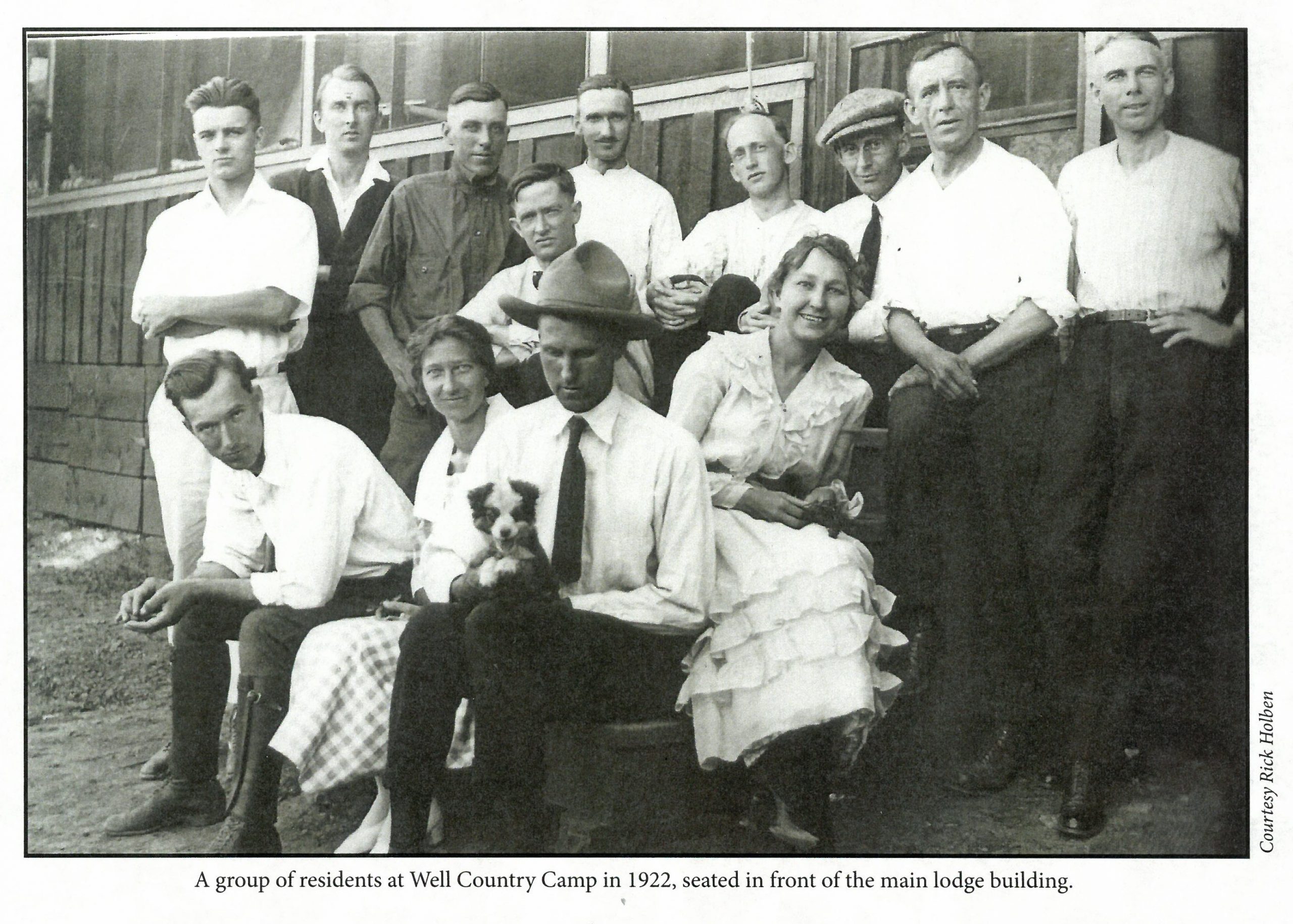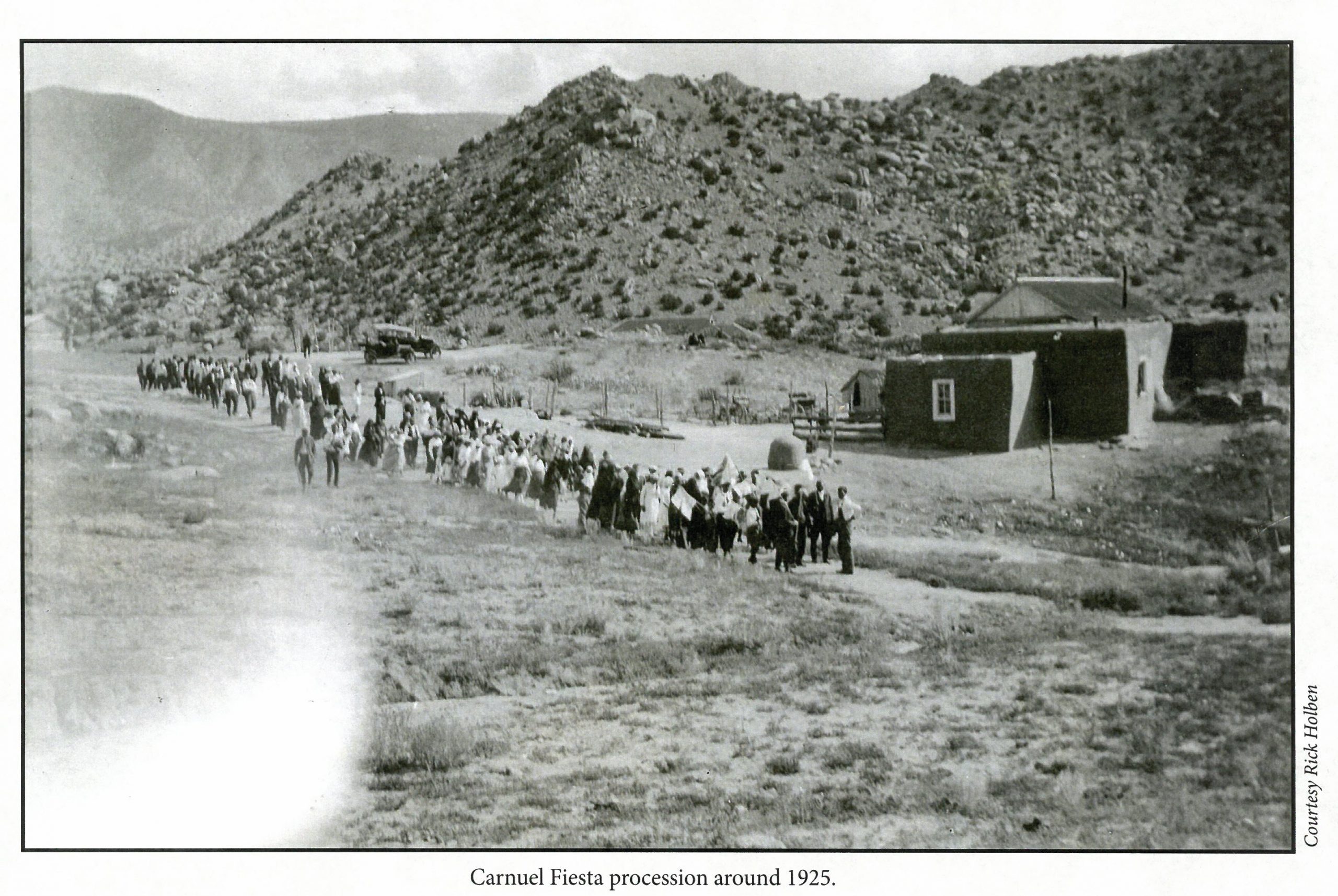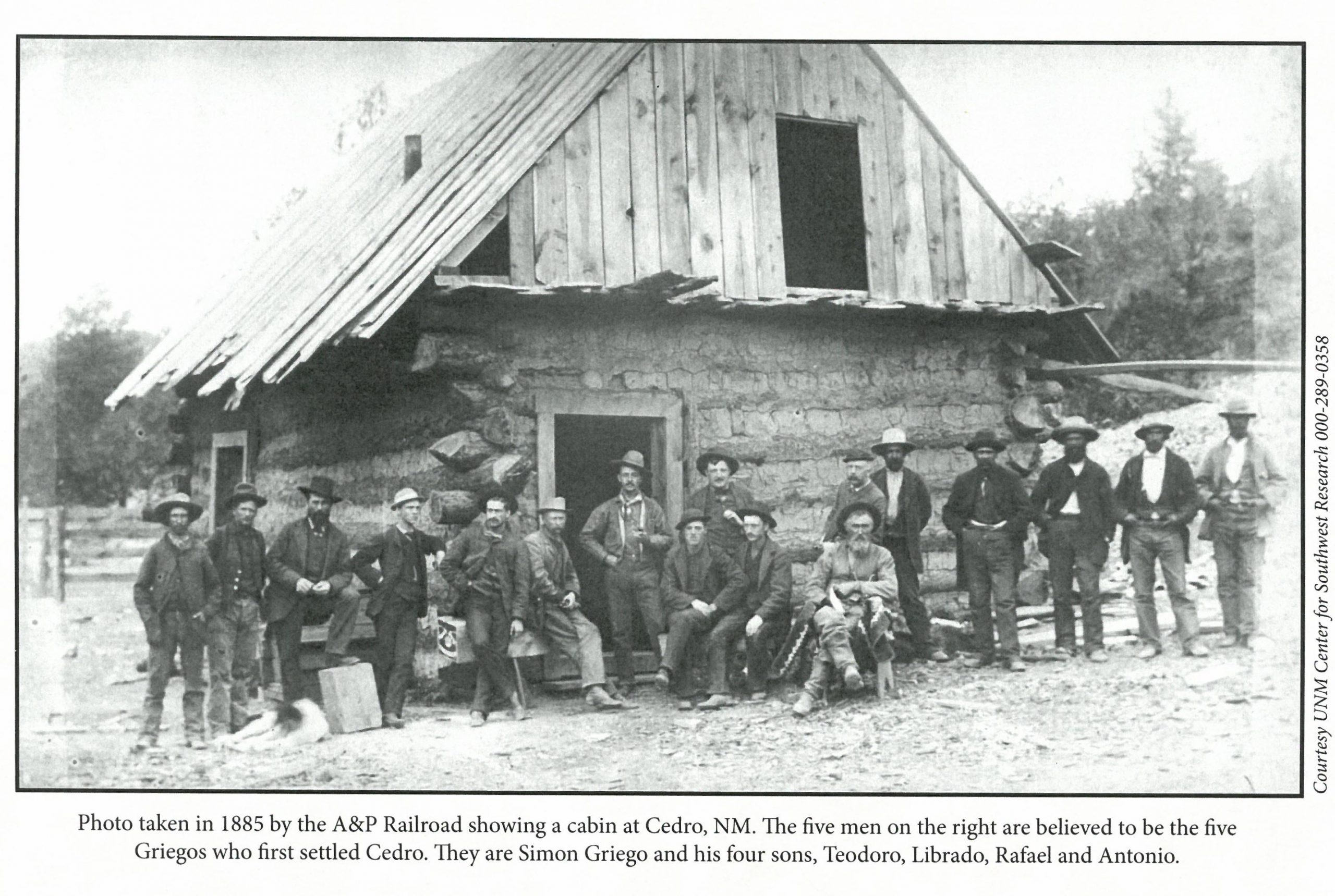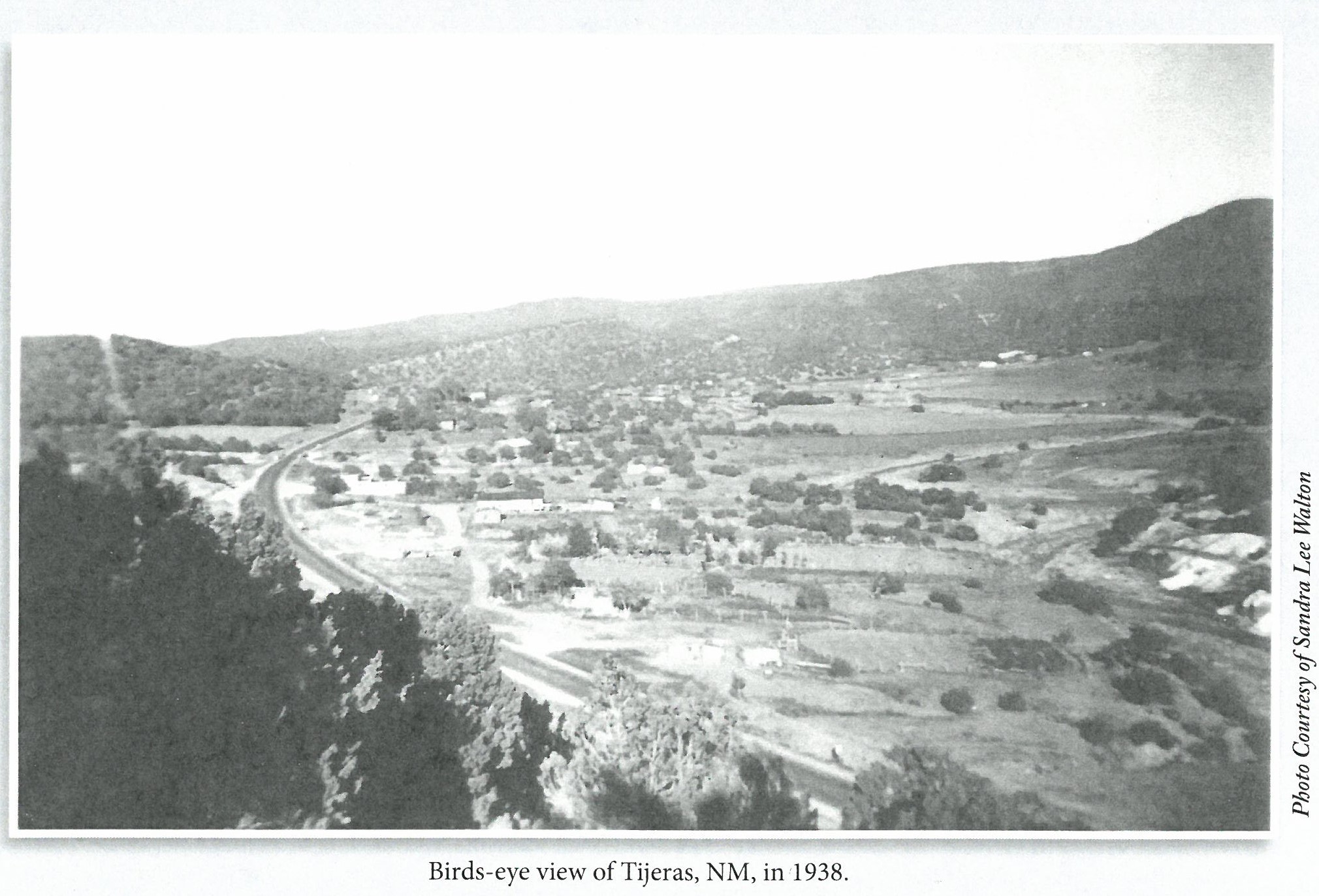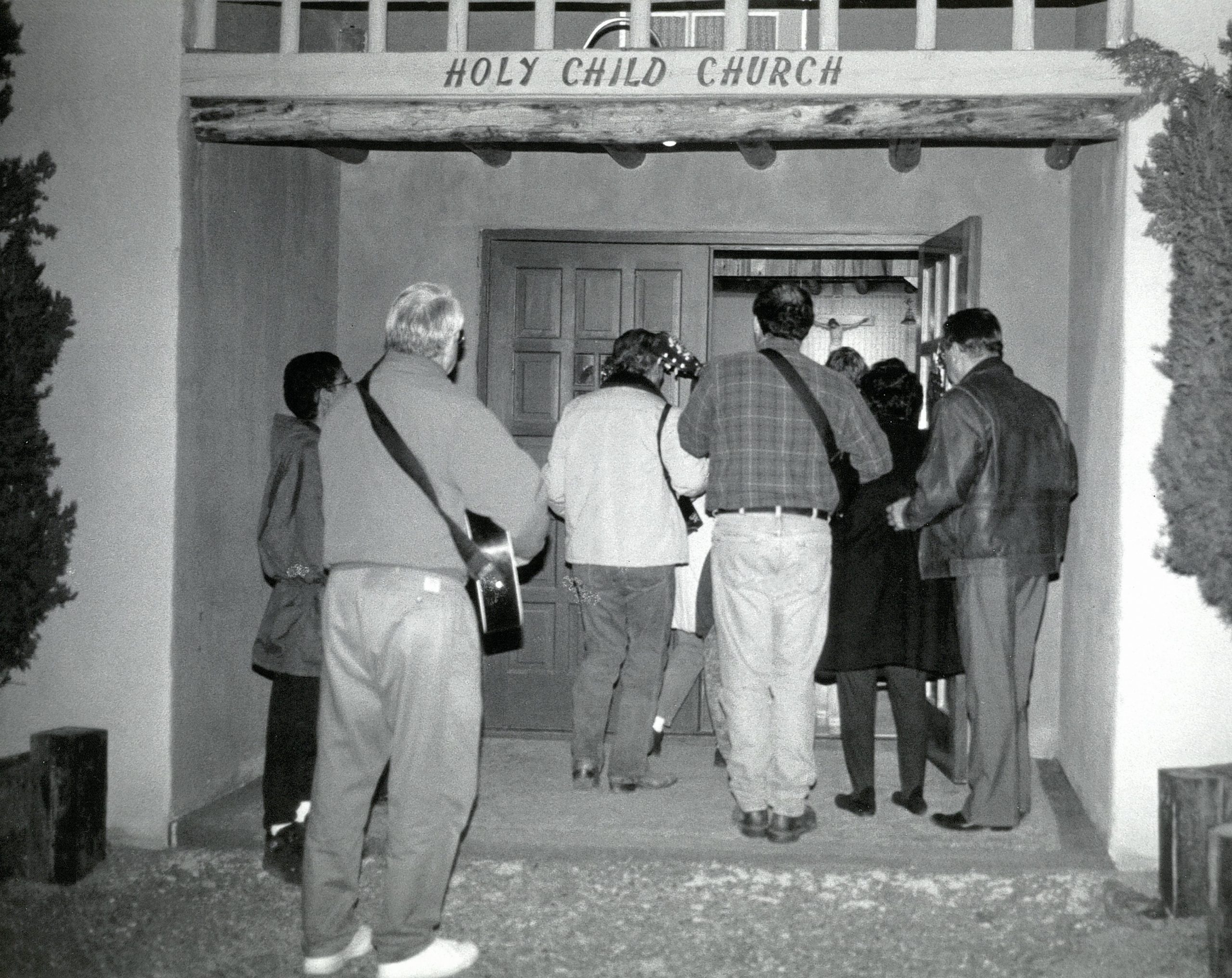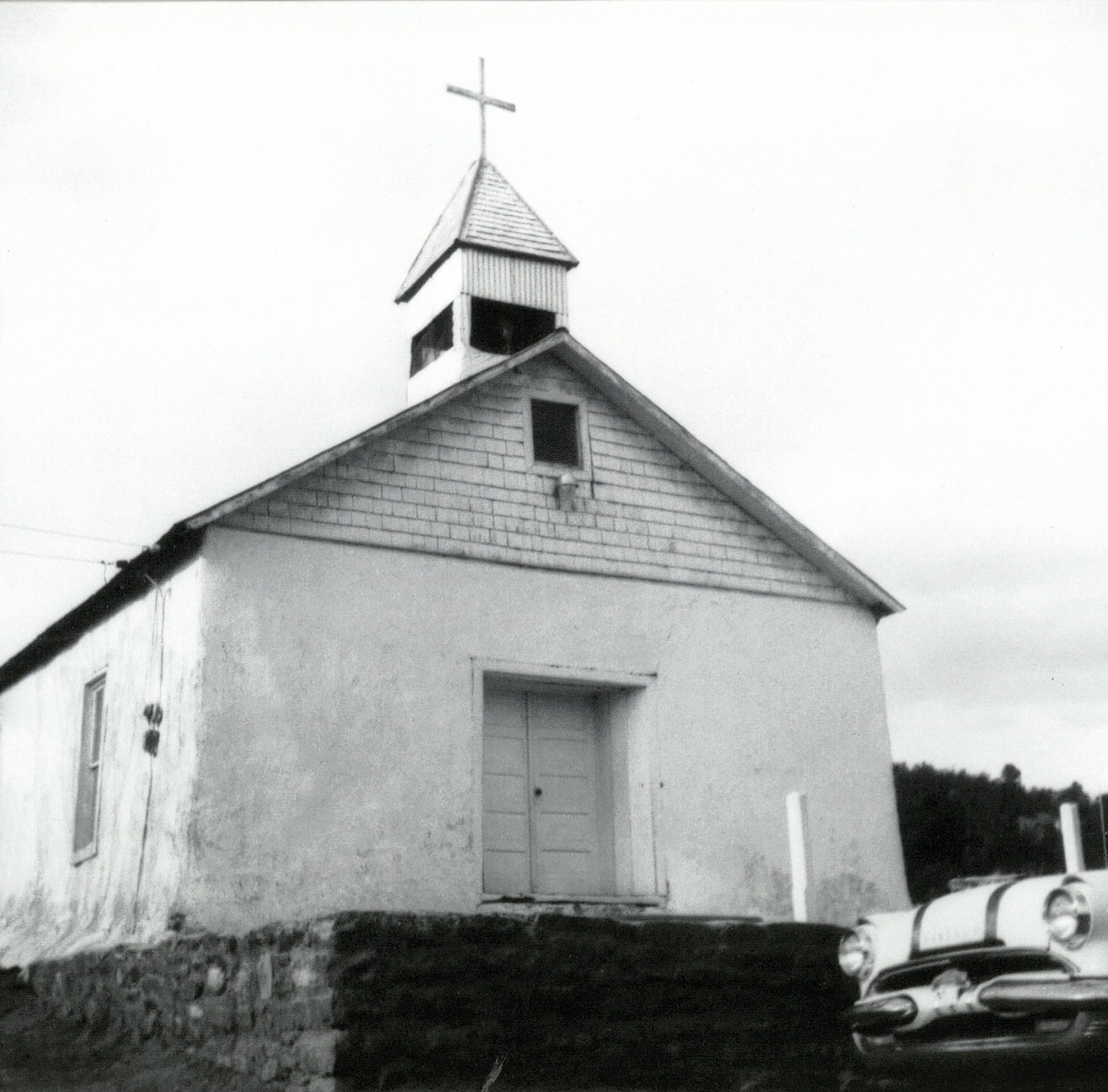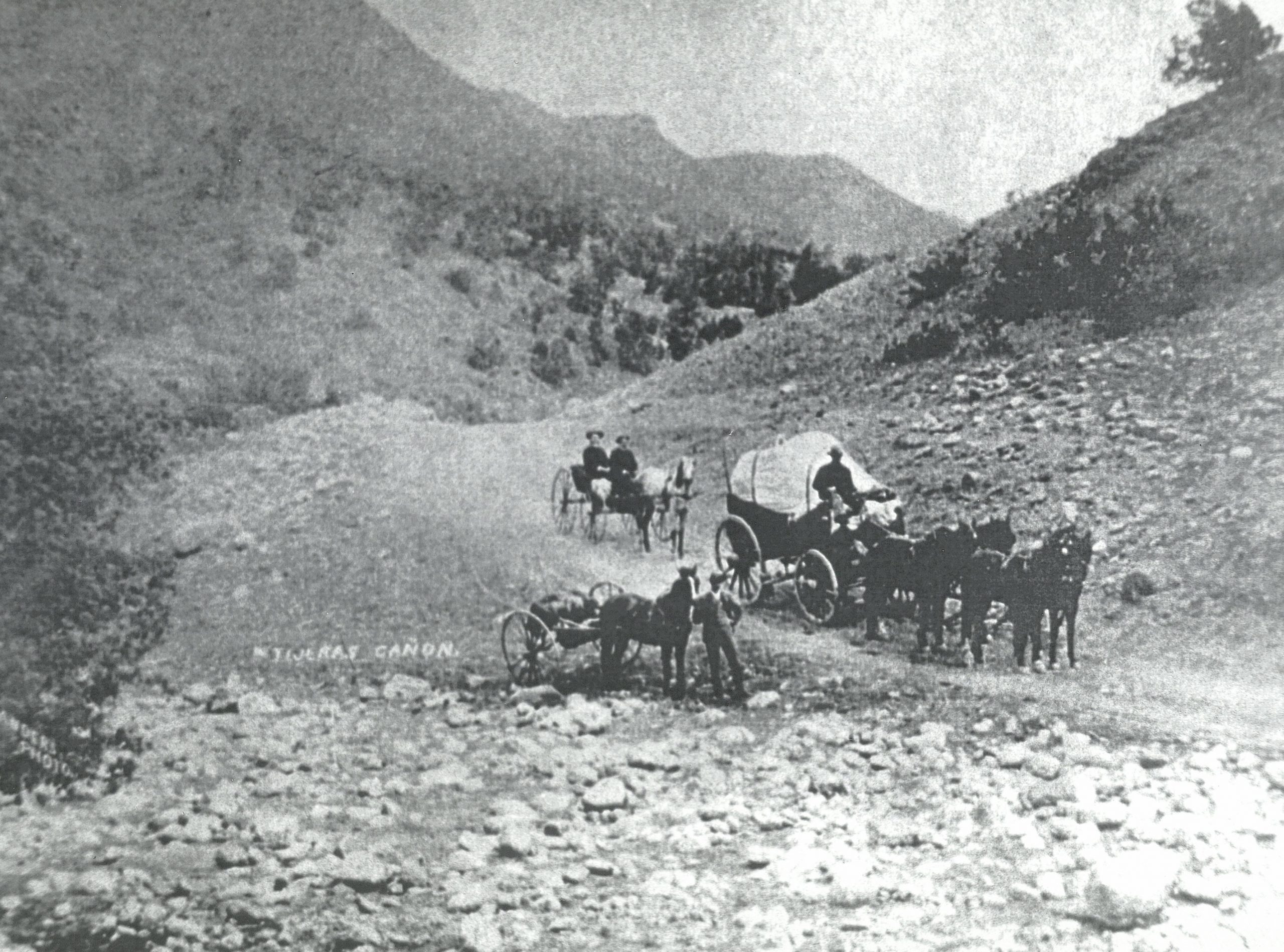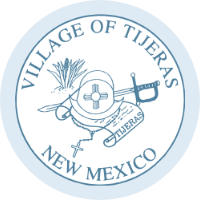Our Mayors
Patricio Garcia
1973-1976
Felix Garcia
1976-1988
Juan Griego
1988-2000
Gloria J. Chavez
2000-2020
Jake Bruton
2020-Present
Our Heritage
From archeological evidence, use of Tijeras Canyon dates back 8,000 to 9,000 years ago, with permanent occupation occurring between 1000 and 1100 AD until around 1450. Apaches camped in the canyon on their way to raid the Rio Grande Pueblos.
Spanish Settlement
In 1763 a Spanish settlement
was laid out in the traditional Spanish defensive plan with the house lots clustered around a central plaza. Apache harassment forced the abandonment of this settlement, and in 1771 Governor Pedro Fermin de Medinueta annulled the original grant and ordered the structures to be destroyed. It was 45 years before a new attempt was made to settle in the area.
History
The boundaries of the grant described as “from the entrance of the Canon de San Miguel de Carnue to La Tijera, the width of the canyon from west to east.” This is the first official use of La Tijera as a place name. Two settlements were made because of the number of applicants, one on the original site of San Miguel de Carnue and one at the present Village of San Antonio. It is not known when the Village of Tijeras became a separate community, but in 1846 it appears on the first map of the area by the name Tegera.
Tijeras Canyon
After the U.S. occupation of New Mexico in 1846, Tijeras Canyon was sometimes used by “49ers” on the way to California. During the civil war both the Union and Confederate armies used the canyon. (Baxter, John, State Records Center and Archives, 1977) Despite the length of time the canyon and the Village have been occupied, the Village was not incorporated until 1973.
Historic Properties
The Santo Nino Church was constructed around 1912 as a Roman Catholic chapel. It is registered on both the State Register of Cultural Properties (1977), and the National Register of Historic Places. In the early 1900s, the Roman Catholic Church acquired the property on which the Santo Nino church now stands. (Chris Wilson, Historic Resources Reconnaissance Survey of the Manzano and Sandia Mountain Villages.) The Village of Tijeras now owns it. The outside of the building has undergone a renovation and continued renovations are anticipated. These renovations are being conducted with regulatory oversight from the State Historic Preservation Office.
Within the Village limits are approximately 10 pre-1945 buildings, the buildings have the potential of being historically significant if they meet the criteria for registration of cultural properties.
Gallery
